Introduction
The combined use of a riflescope and a red dot sight has long been popular with the military and police. Several optics manufacturers recognized the potential of the setup. One of the most famous combinations is a Trijicon ACOG scope paired with a Trijicon reflex red dot sight on top. Burris sells a pack where the buyer gets a 1–4×24 wide-angle riflescope together with Fastfire 3, an open reflex sight. Leupold has ‘D-Evo’ in its offer, an optical device that combines both 6x and 1x magnification.
Interested in mounting Red dot on a Scope? Watch our video below
The setup where a red dot sight is mounted on a riflescope is extremely popular among IPSC shooters. In recent years, more and more hunters are starting to recognize the potential of using this combination. Why is it so popular? Before we get to the advantages of the combined use, we must point out the strong points of both a red dot sight and a riflescope separately.
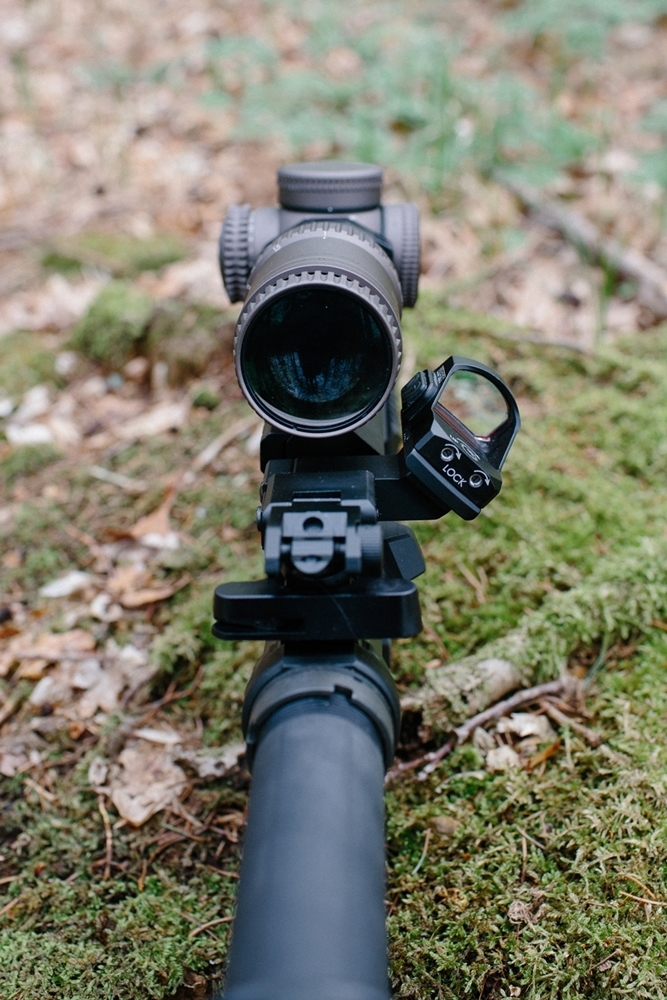
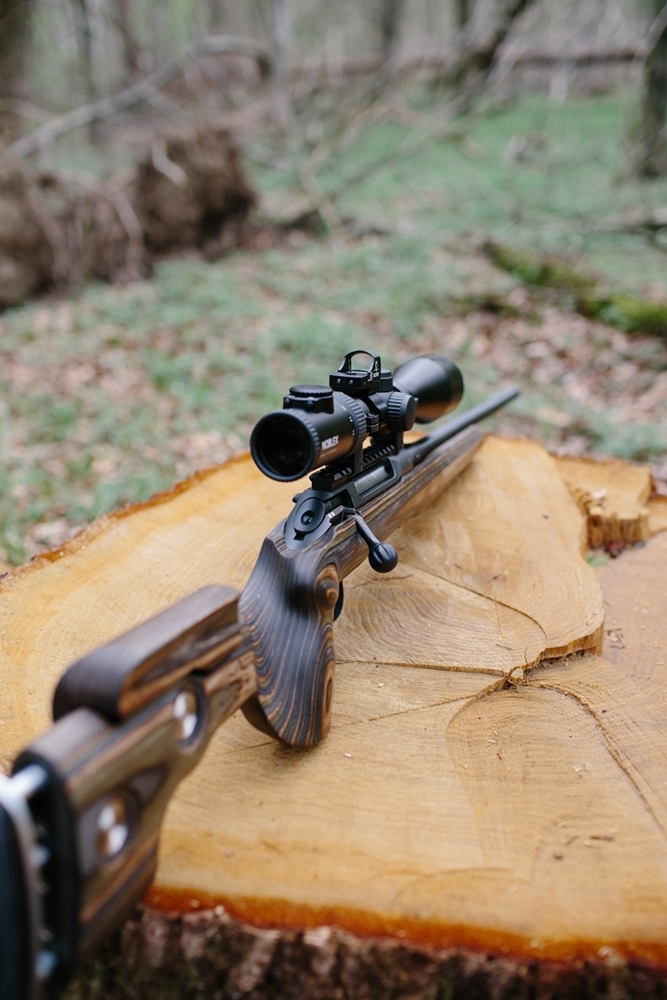
Advantages of red dot sights
Red dot sights are an ideal optical device for quick target acquisition at short distances. These compact devices operate at 1x magnification, making it possible for the user to look through with both eyes open. Because of the 1x magnification and a thin layer of material that keeps the lens in place, the field of view is significantly wider compared to that of riflescopes.
Looking for a Reflex Red Dot?
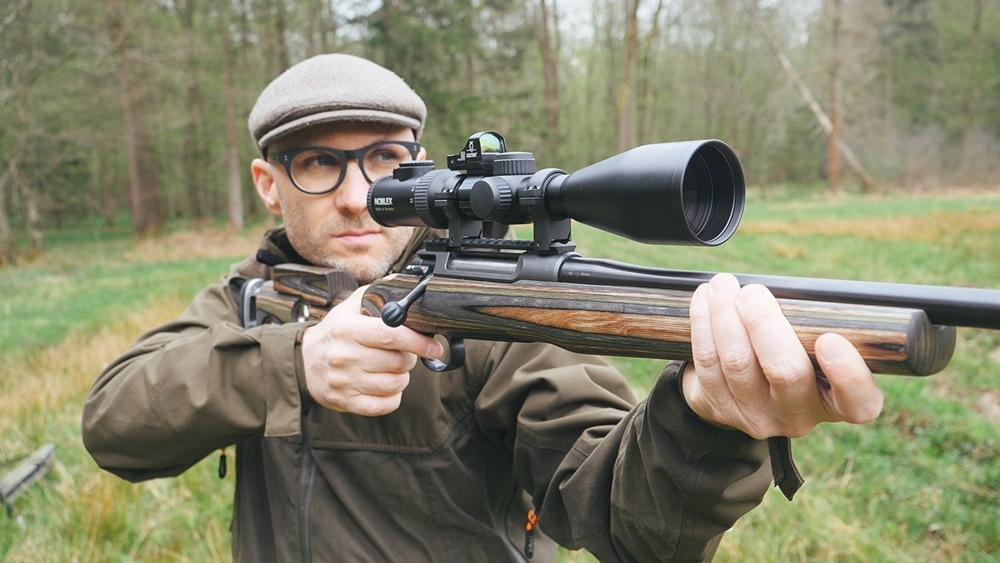
On a driven hunt, a red dot sight makes it possible for the shooter to observe the movement of more animals at once because of the mentioned characteristics. These optical devices are mostly used during the day, which is why the illumination can be set to brightness compatible with lighting on a sunny day. The eye relief is unlimited – the user’s eye does not have to be at a specified position to see the dot. Finally, red dot sights are parallax-free, meaning that the aiming point is on target regardless of the shooter’s eye position.

Advantages of riflescopes
Riflescopes are an indispensable piece of equipment for an accurate shot. They magnify images, either at a fixed or variable power, allowing a thorough inspection of the target. To utilize an ethical shot, the hunter must determine whether the animal is suitable for harvest or not – at distances far away this is only possible with magnification. Most contemporary riflescopes feature variable magnification, meaning that the user can adjust magnification based on the distance to the target.
Furthermore, riflescopes, especially the ones with big objective lenses (56 mm), offer great low-light performance. If an animal is, let’s say, 150 m away, looking at it through a red dot sight will not bear fruit. Riflescopes with an illuminated reticle usually offer a wider illumination level span compared to that of red dot sights, allowing the shooter to finely tune the red dot based on the ambient lighting.
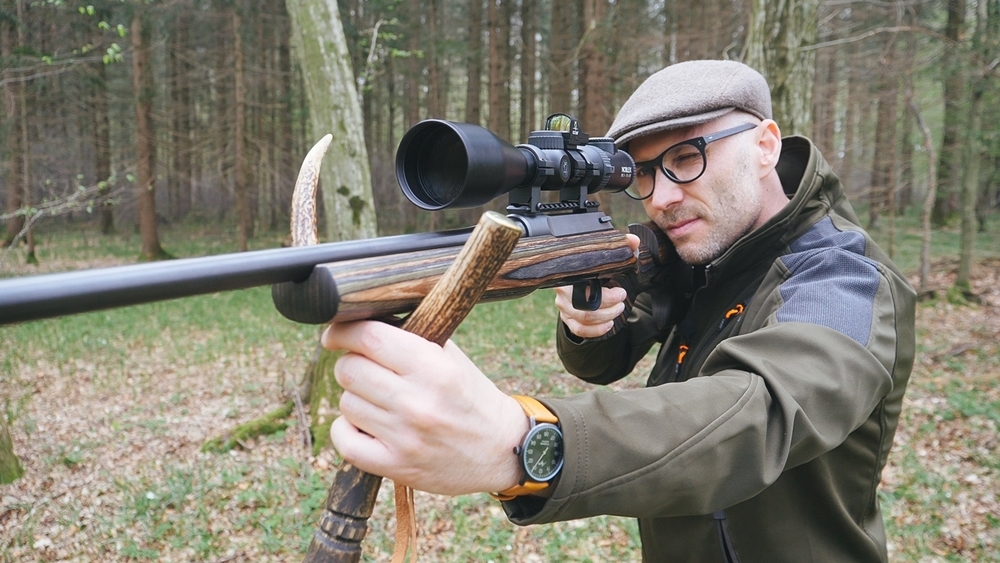
With riflescopes that offer high magnifications, the user can adjust the parallax so that the image is in focus at a specific distance. This way, great accuracy is achieved, especially at distances of more than 200 m.
Advantages of the combined use for hunters
Now that we’ve pointed out the advantages of both optical devices, we can see the benefits of having a red dot sight mounted on a riflescope. If the target is within the distance of 50 m, make use of the red dot sight, if the target is farther away, use the riflescope. A red dot sight is especially useful in situations when the target is up to 20 m away – in such instances, it is difficult to aim at the target with a riflescope. Using this setup, you benefit from the advantages of both optical devices, meaning that you are prepared for every possible hunting situation.

Having a red dot sight mounted on a riflescope is a more affordable solution than purchasing two separate, 100% repeatable mounting solutions. Many shooters question the ‘100 % repeatability’ that mount manufacturers grant with some mounts. Such people prefer fixed mounting solutions – with this setup, both the rings and the red dot mount on the ring are of the fixed type.
Disadvantages of the combined use
Of course, it is important to be unbiased during such a review. There are some disadvantages to such a setup.
- Some might complain over the bulkiness and argue that the combination is not appealing to the eye. By mounting a red dot sight on a riflescope, you add some weight – for some people, having a riflescope on a rifle is already heavy enough.
- It might be more comfortable to use the red dot separately, but if you encounter a scenario where magnification is needed, swapping between a red dot sight and a riflescope takes way too much time, even if the mounts you are using are of the detachable type.
An example of where this setup is useful
The combination of a riflescope and a red dot sight excels in hunting situations, where there is dense vegetation on one side and sparse vegetation on the other. During a driven hunt, each hunter is assigned a specific spot, often in a forest – forests are a perfect example where one can encounter such a scenario. In areas, where trees are sparse, hunters can utilize a riflescope to perform a shot at a distance around 100–150 m (this is, of course, dependent on the density of trees) – in such cases, magnification is needed to inspect the game before taking the shot.
Furthermore, when a hunter sees an animal at such a distance, there is more time to decide on which animal is the most suitable for harvest. If animals come from the direction where the vegetation is lush, the bushes and branches will conceal the animal until it gets close by. In such scenarios, where you cannot clearly see an animal until it is 10–20 m away, a red dot sight comes into action. When game is this close, you need to act quickly – 1x magnification allows you to look through with both eyes, and unlimited eye relief of the red dot sight combined with an illuminated dot allows you to take the shot in a matter of seconds.
Mounting solutions
There are two ways of mounting a red dot sight on the riflescope. It can either be mounted on top of the riflescope or on the side, at a 45° angle. IPSC shooters like to have it mounted on the side – .223 rifles produce minimal recoil compared to most hunting rifles, which is why the shooter does not have to press the butt of the rifle against the shoulder in an ideal manner when taking the shot. With hunters, both setups are possible, but having a red dot sight on top of the riflescope is much more convenient. With such configuration, you simply lift the head to look through the red dot without having to move the rifle butt from the ideal position. Pressing the cheek against the cheek pad is still possible as well.
Interested in mounting a Red dot Sight on your Riflescope?
The main producers of such mounts are:
- Recknagel,
- Henneberger,
- MAK,
- Aimpoint,
- Contessa,
- INNOmount, etc.
There are a few variants available, and what you need to buy is dependent on what you already have. For those who have their riflescope mounted via rail (Zeiss ZM/VM, Swarovski SR, S&B Convex), the correct choice is a mounting solution which consists of 2/3 of a ring and a mounting surface for the red dot.
For those whose riflescope is mounted via rings, a ring that goes all around the scope is a more logical choice. The latter is sturdier and more durable but can’t be mounted on a riflescope with a rail mount. The buyer must keep in mind to choose the ring (or 2/3 of the ring) with the correct mounting platform for the red dot sight. Some mounts are equipped with a mounting platform on which popular red dot sights can be mounted directly, whereas others feature Picatinny rail.
How to mount a red dot sight on a riflescope?
If you wish to have your red dot mounted directly, you must pay attention to its mounting platform – many manufacturers nowadays use the platform found on Docter-Noblex sights and Aimpoint Micro sights, and there are plenty of mounting solutions for these platforms on the market. Other red dot sight manufacturers, such as C-more and Shield, provide mounting solutions for their devices themselves. If you are considering buying the mounting solution with a Picatinny rail, keep in mind that you will need an additional adapter plate between the red dot and the Picatinny rail, adding to the bulkiness of the setup.
Looking for a suitable mount for your red dot?
The last possibility of choice takes us back to the beginning of this paragraph. Some mounts allow the user to mount the red dot sight at a 45° angle while others are designed for mounting the red dot sight above the riflescope. Several manufacturers’ rings can be turned to achieve the desired angle. Others can be placed on the tube in a single manner, providing a plate at a fixed angle. Some mounting manufacturers (Tier One, Contessa, INNOmount, Era-Tac, etc.) produce upper parts of the rings with an integrated red dot sight mounting platform. These can be used to replace the upper part of the ring that you already have on your riflescope, either the front or the rear one. This solution is lighter and more aesthetically pleasing compared to the previously mentioned ones.

When you mount the red dot sight above the riflescope (or on the side, at an angle), it must be at an appropriate height so that the line of sight is not blocked by the riflescope’s turret or the objective bell. For this reason, the mounting solutions are usually available in two heights.
- If your riflescope has low-profile turrets and an objective lens diameter of 48 mm or fewer, go for the low mount.
- If not, the high one is an appropriate choice.
In the test, we paired Noblex N5 3–15×56 (62mm objective lens) with Noblex sight II IPSC on a high mount made by Henneberger. If the riflescope has high-profile turrets (or a bulky illumination adjustment knob on the eyepiece), then the only solution is purchasing a mount that positions the red dot sight on the side, at a 45° angle.
Conclusion
The benefits of having both red dot sight and riflescope mounted on a single rifle are significant, which is why the use of such a combination in the field of hunting is on the increase. Many available mounts for such a setup are one of the indicators that this is the future. Driven hunts are a perfect example where its full potential can be observed. If you are considering a combination of this kind, we recommend having the red dot sight mounted on top of the riflescope. Also, we suggest that you use a small, open reflex sight so that the rifle remains as light as possible. By having both the riflescope and red dot sight at disposal, one is well equipped to perform an ethical shot at any distance.



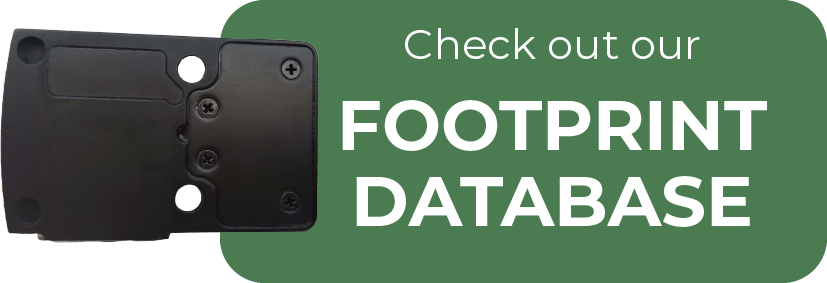




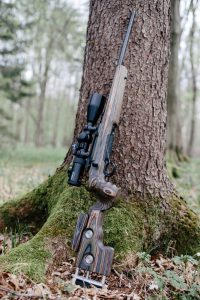

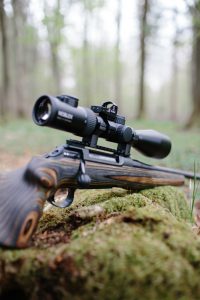



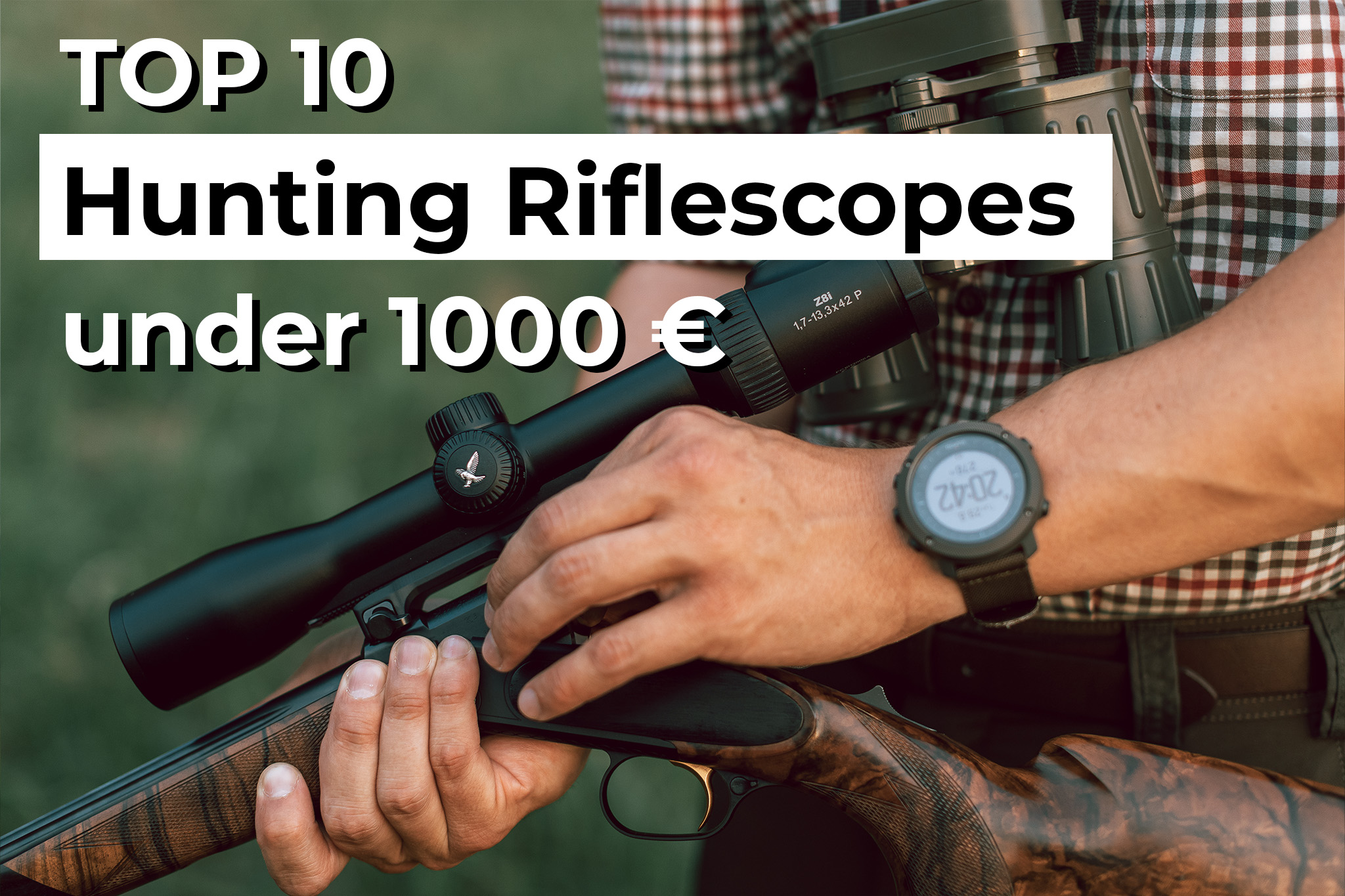
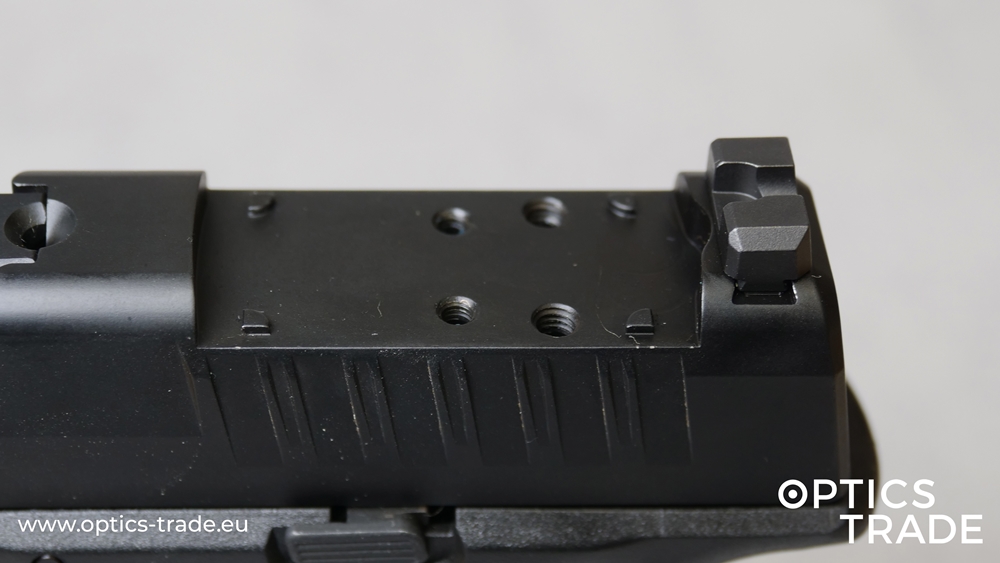
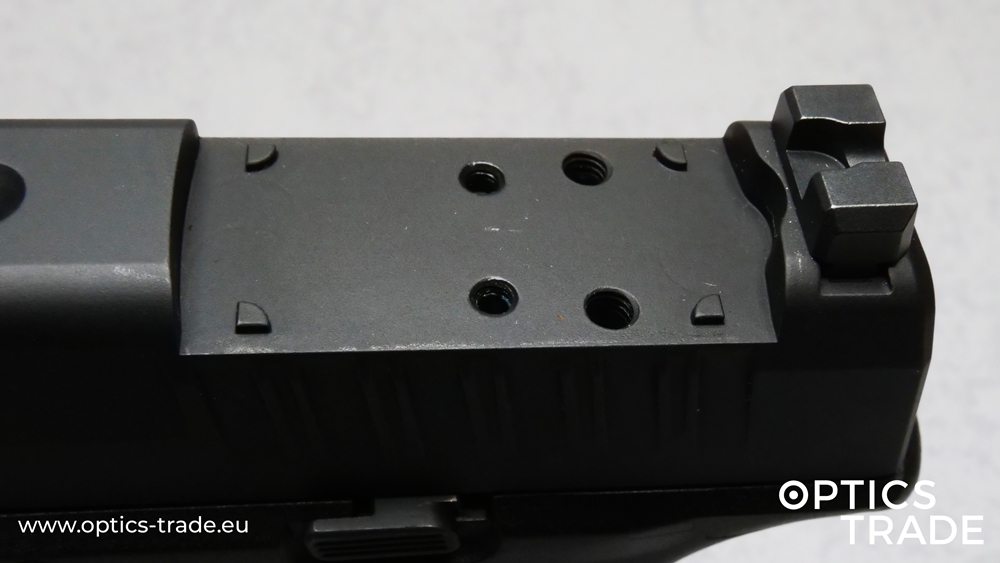


I have an AR-15 DDM7V with 10.5 barrel.. I’m looking for a red dot and scope combination..I can’t find on any store.. maybe you could help me to find one..thank you….